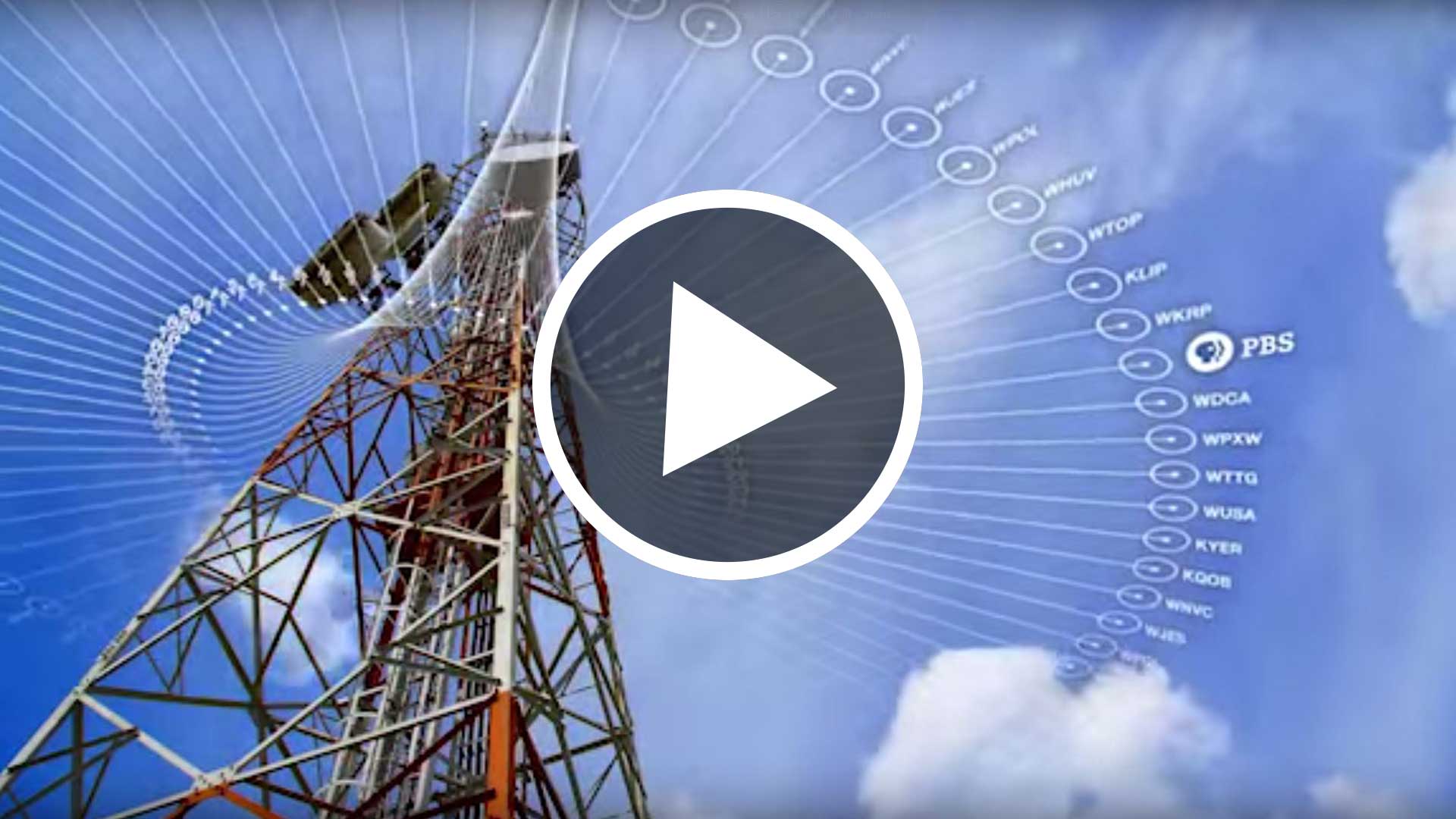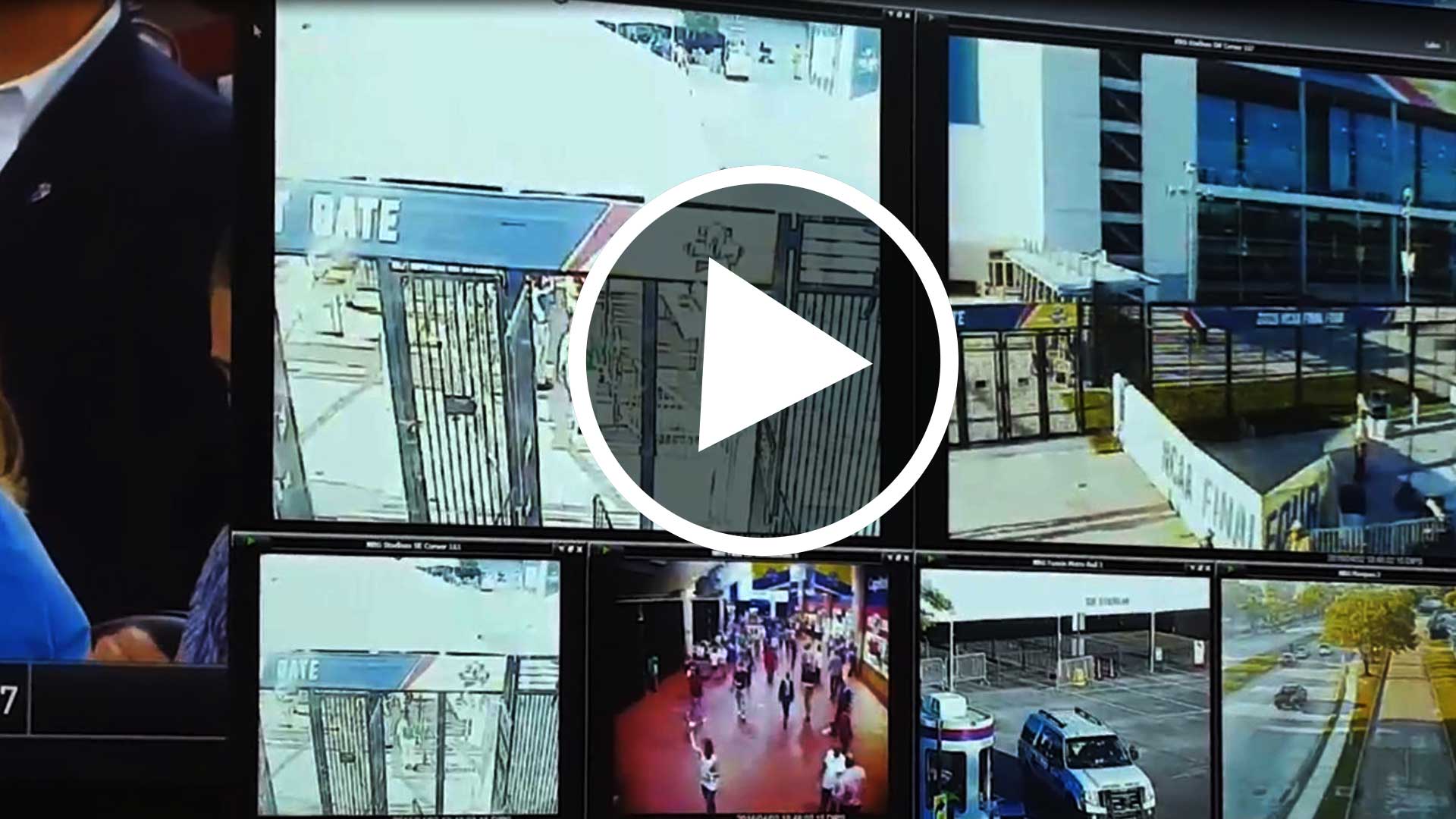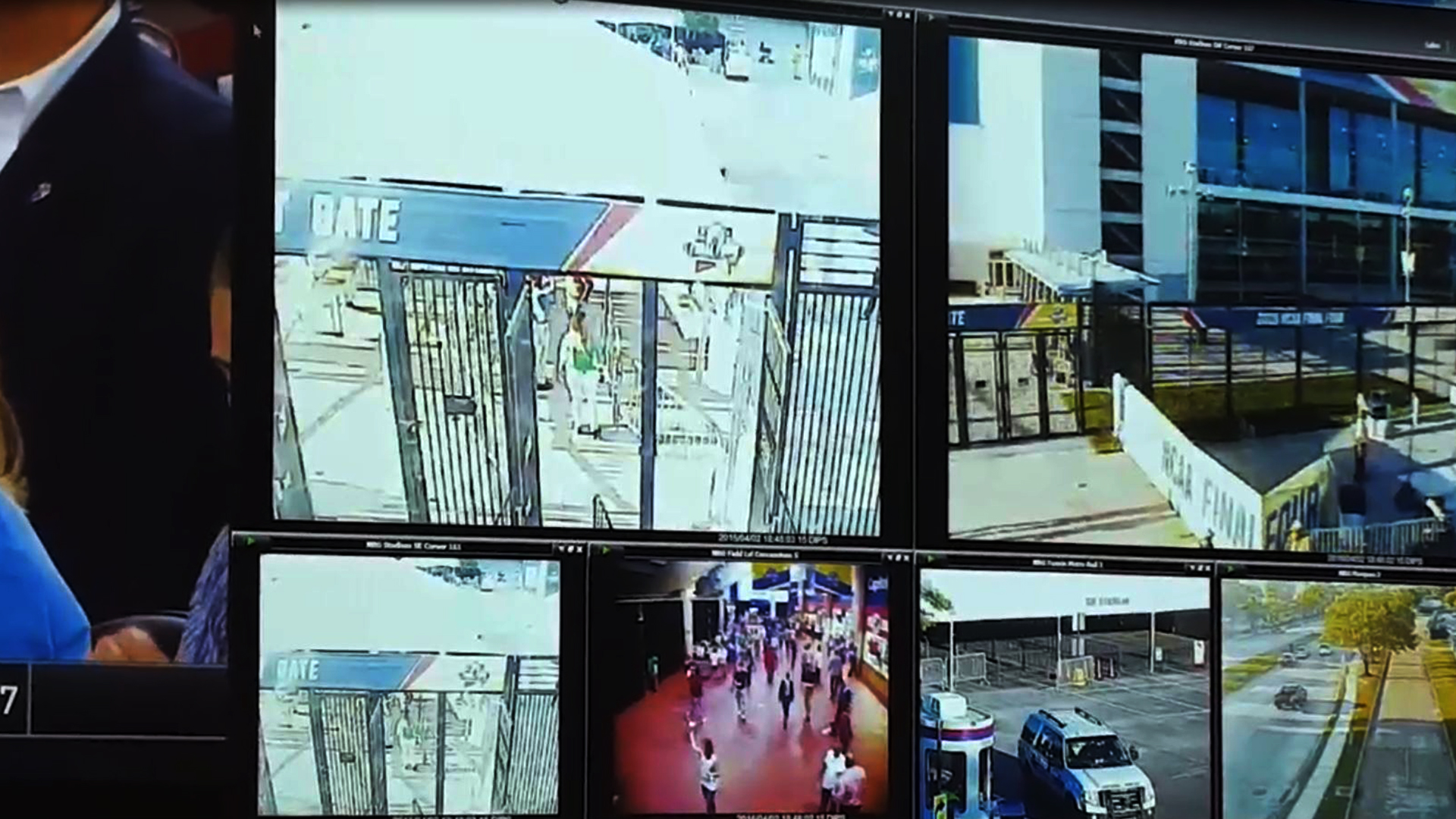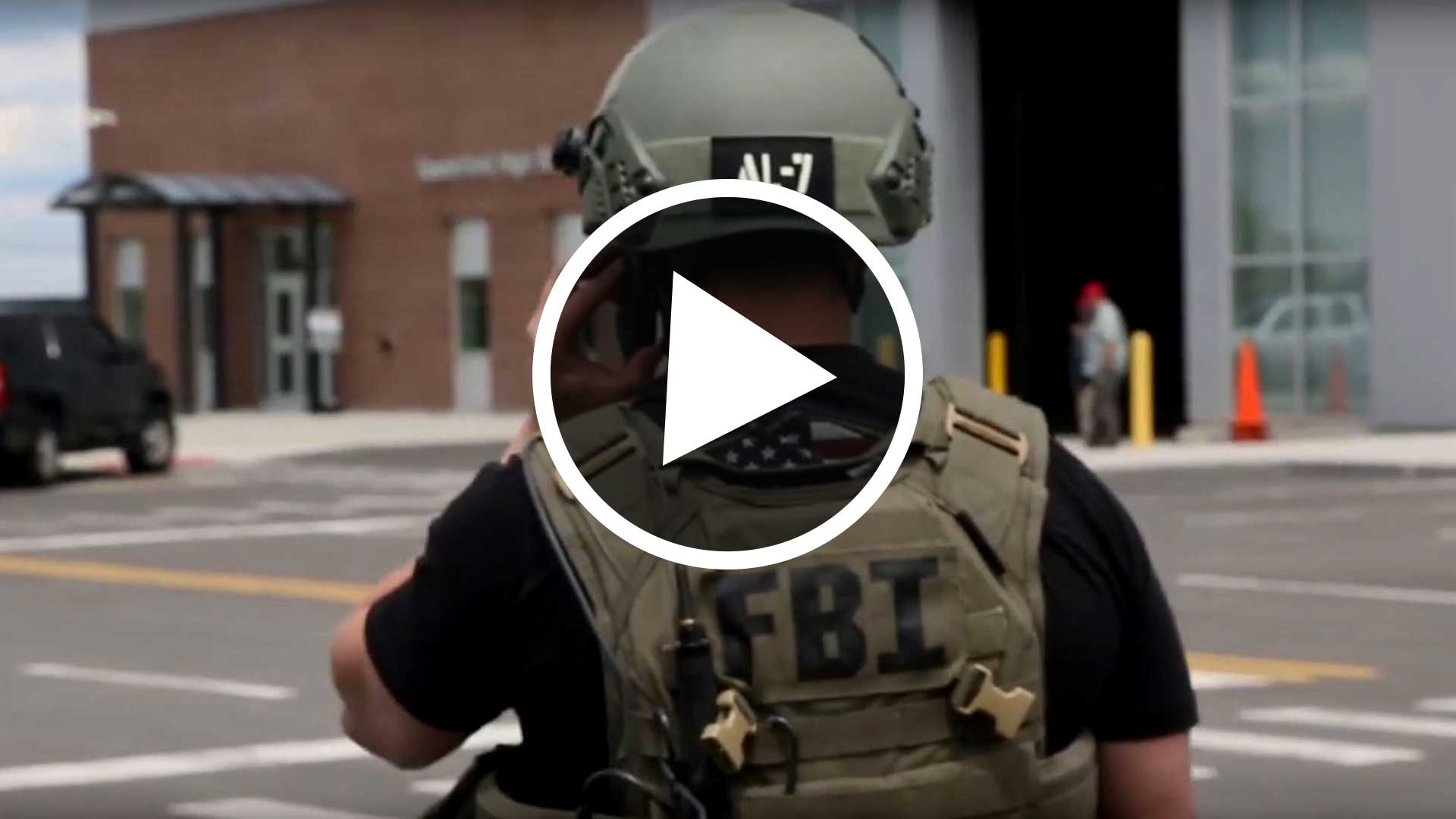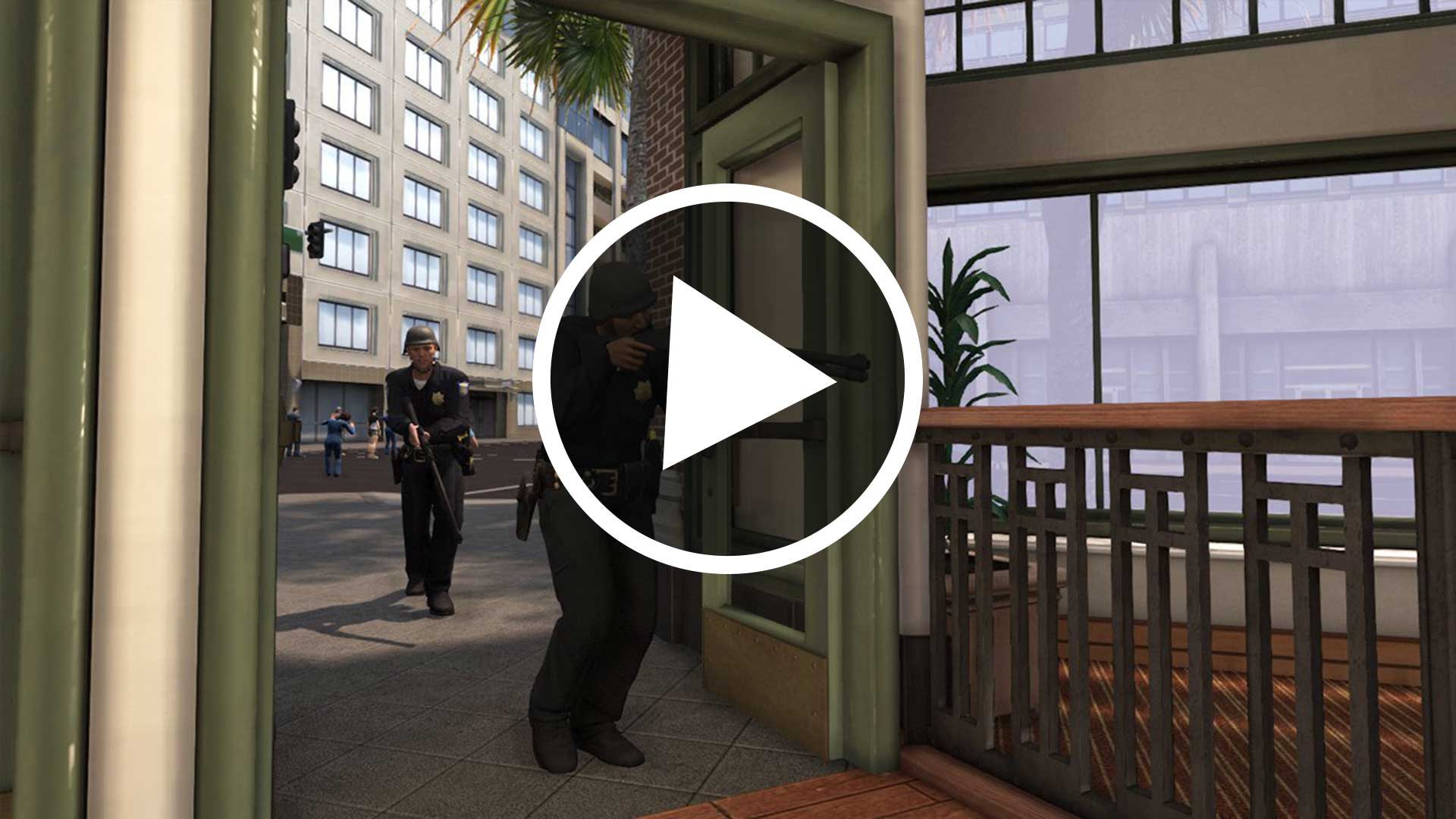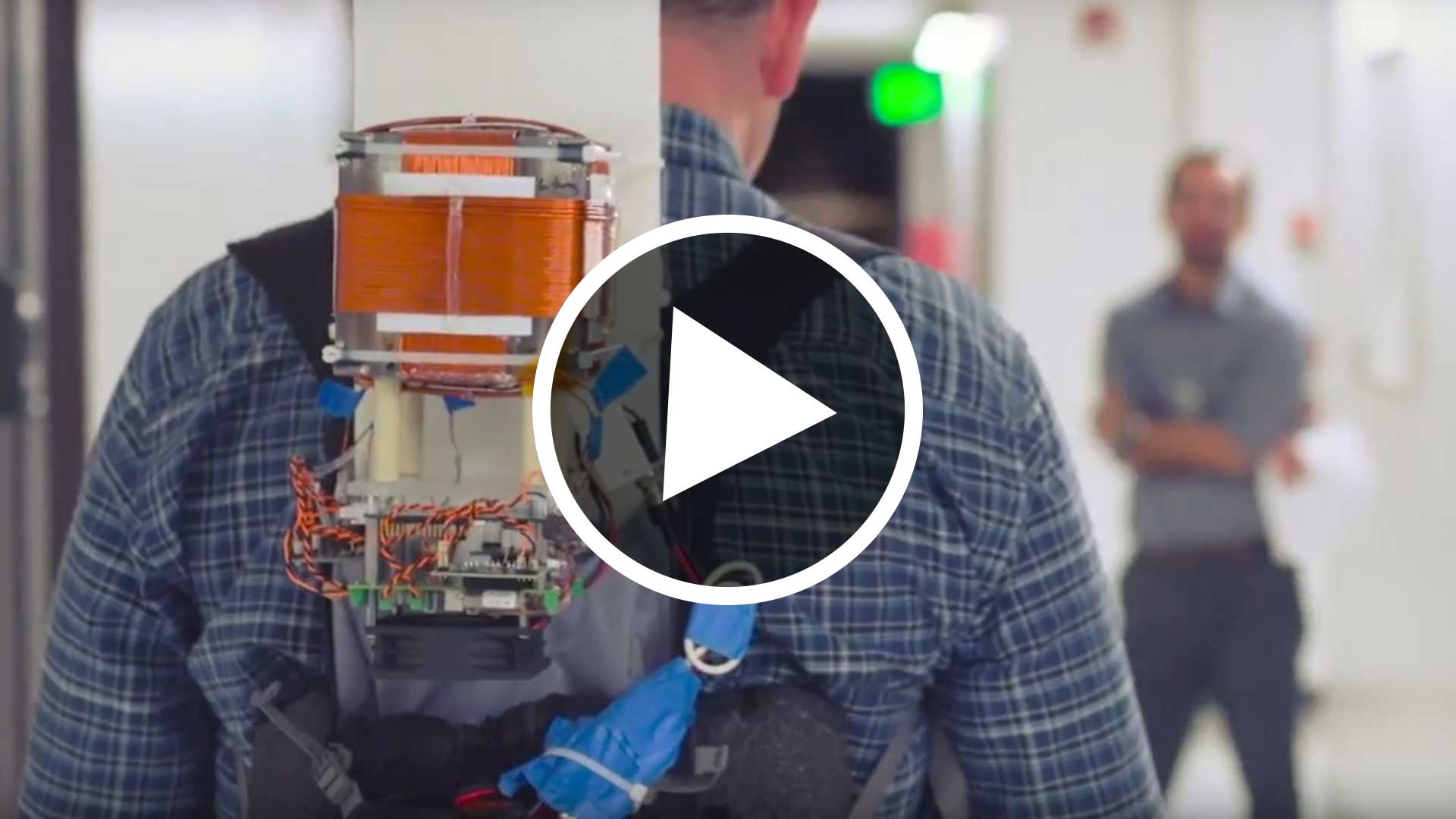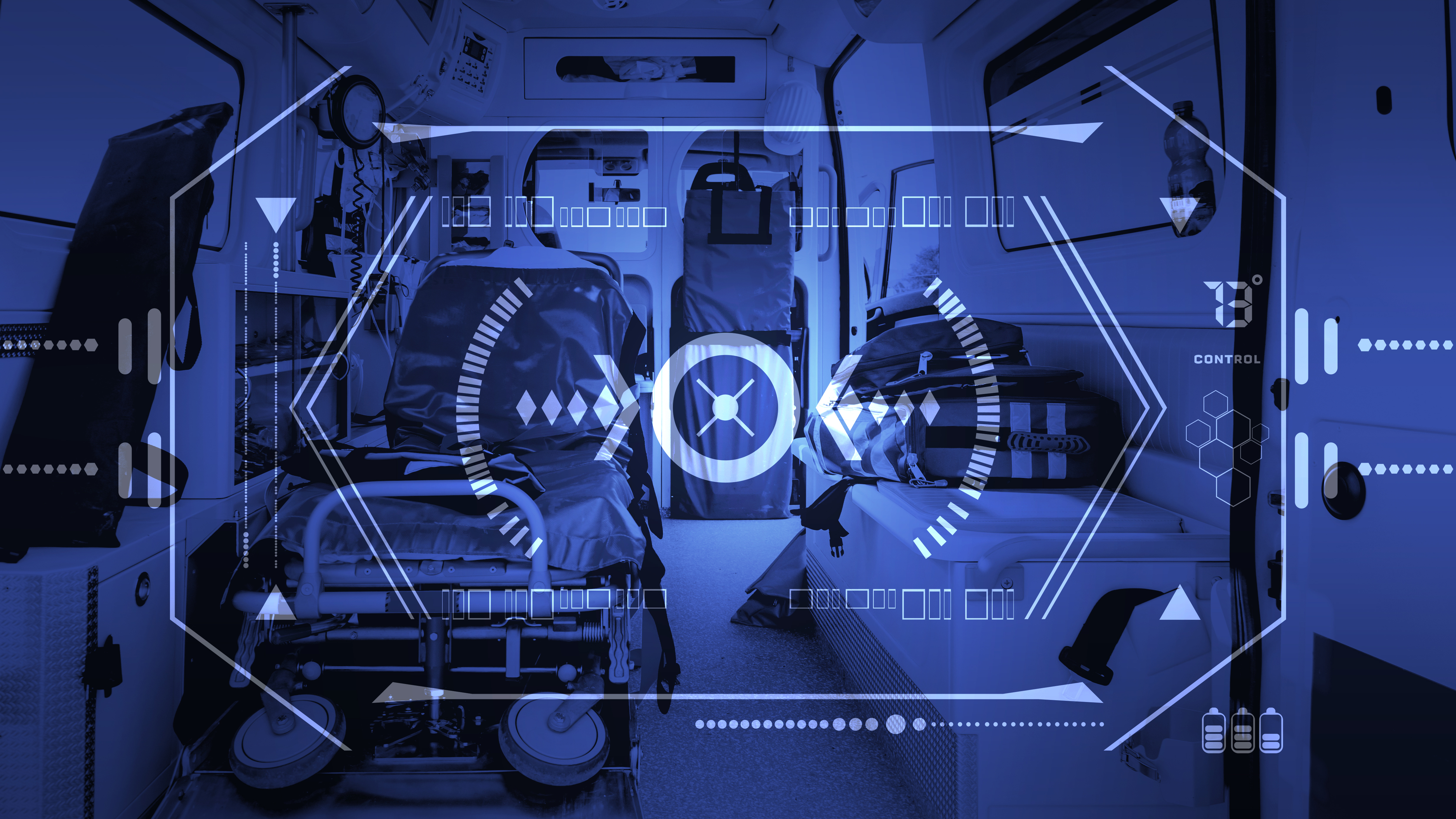In an emergency, when critical information needs to be properly disseminated between police, fire and rescue personnel, radio networks are insufficient. They are only designed to handle voice communications, not data like video. During a crisis, commercial cell networks can become overwhelmed with traffic and fail. Thus, for first responders, cell networks are not a reliable option, either.
To address this issue, S&T developed a pilot program where a specialized communications network piggy-backs on existing PBS television signals.
“Datacasting” provides first responders with a fast, secure and robust comms option. By allocating a portion of the PBS TV signal as a highly encrypted and dedicated communication system, first responders can receive real-time video feeds of developing situations in the field.
Datacasting is a low-cost, breakthrough technology that provides first responders vital data so they can properly, quickly and safely assess a situation and act accordingly. S&T’s Datacasting system was successfully used at the 2016 NCAA Final Four in Houston as well as during the flooding caused by the storms that hit the city in April 2016.
